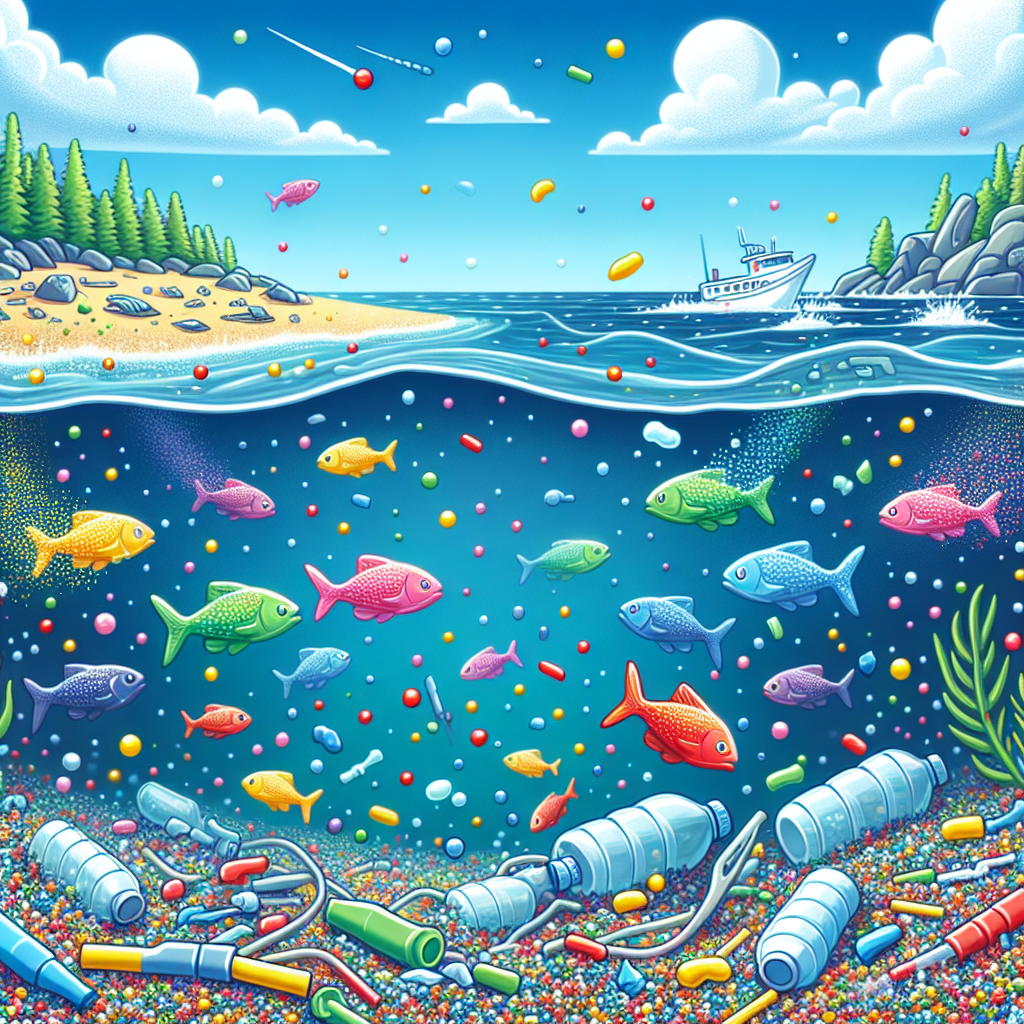The Great Lakes' Plastic Predicament: Mitigating Microplastic Pollution
Microplastics, tiny plastic particles less than five millimeters in size, are pervasive in our environment, from water to food to the human body. The Great Lakes are heavily contaminated, with millions of plastic bottles breaking down into microplastics annually. While better waste management can help, reducing plastic production and consumption is crucial.

Microplastics, which measure less than five millimetres, are pervasive globally, contaminating drinking water, food, and even the human body. In April, delegates met in Ottawa for the fourth Intergovernmental Negotiating Committee session to formulate a legally binding treaty on plastic pollution.
Plastic pollution in the Great Lakes presents a significant challenge. Eighty-six percent of the litter collected on its beaches is plastic, posing risks to the 40 million people who rely on the lakes for drinking water. Studies have shown alarming levels of microplastics in the lakes, highlighting the inadequacy of current waste management efforts.
According to Canadian government estimates, residents of the Great Lakes Basin discard over 1.5 million tons of plastic waste annually. Even a minor fraction of this waste leads to substantial microplastic accumulation. To significantly reduce microplastic pollution, efforts must focus on reducing plastic production and consumption.
(With inputs from agencies.)
ALSO READ
Jammu and Kashmir's Ambitious Waste Management Overhaul
Goa's E-Waste Policy 2024: A Leap Towards Sustainable Waste Management
Phuket's Paradise Lost: Waste Management Struggles
Manohar Lal Khattar Inaugurates Key Projects in Karimnagar Smart City to Boost Education, Infrastructure, and Waste Management
Supreme Court Challenges Maharashtra on Waste Management Funds










